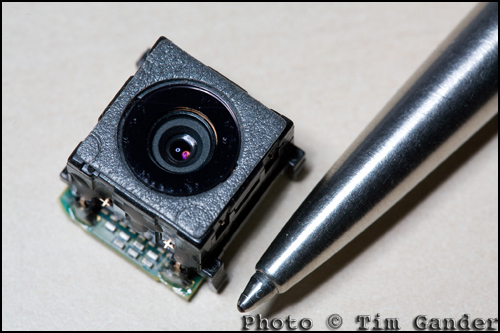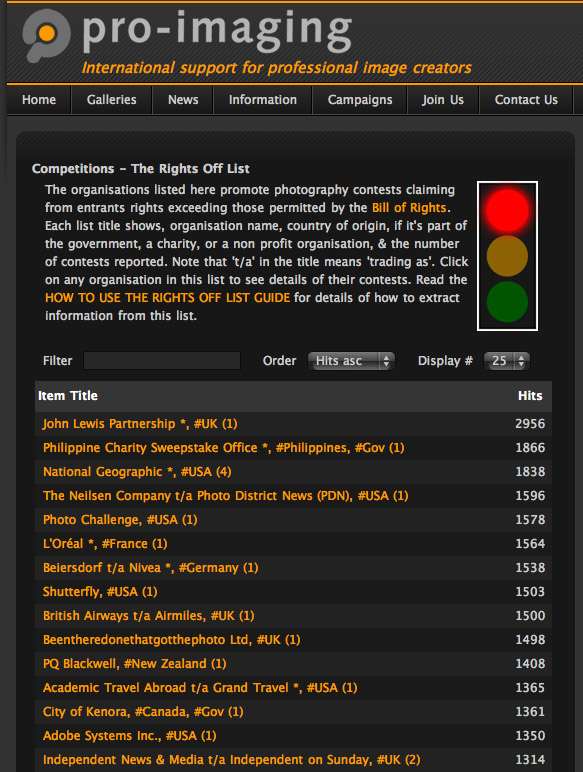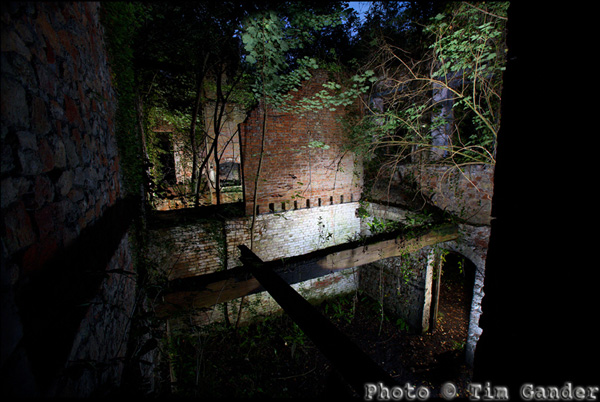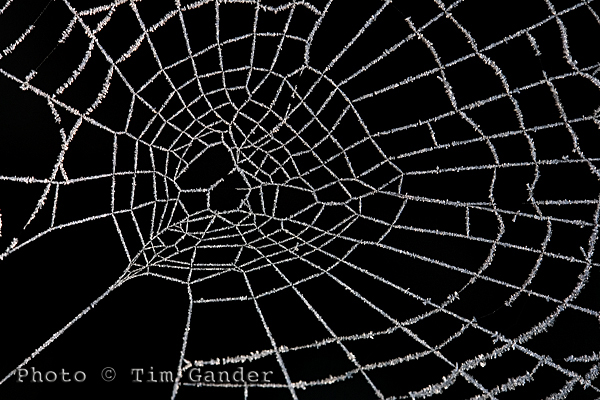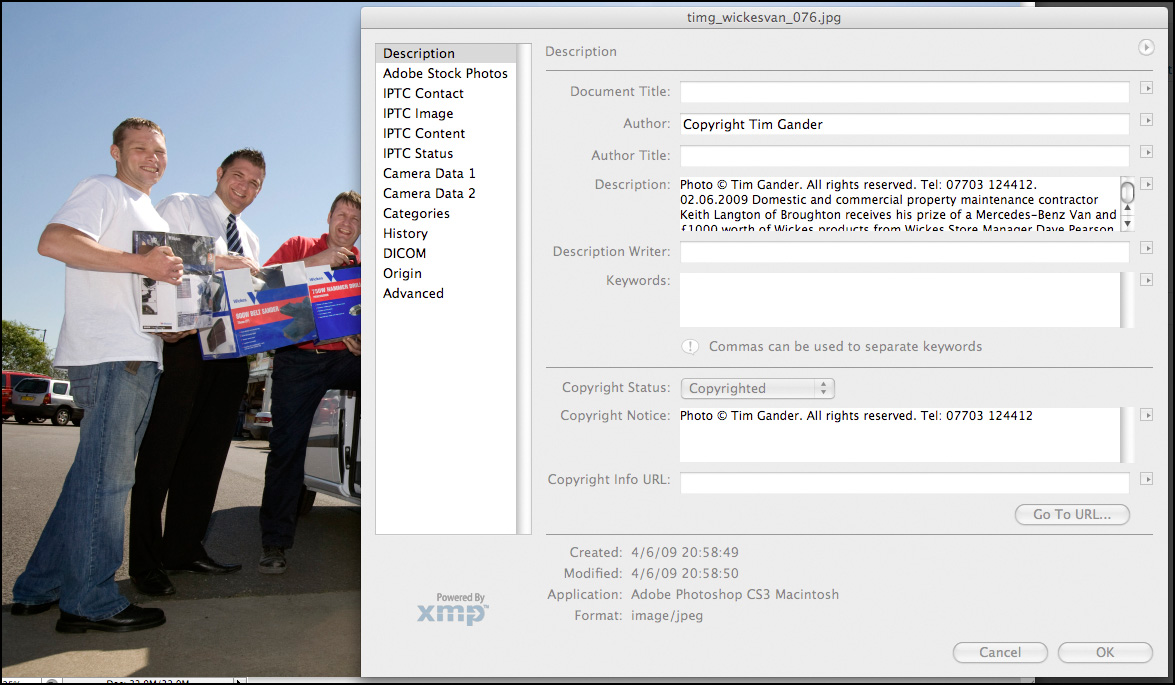Hooray! You’ve decided to blow the dust off your aged and failing website, spruce it up with a refresh or redesign, and you’re planning on getting some genuine, original photography shot just for your business. What should you look out for?
Perhaps the first and most obvious thing to think about is the style of photography and photographer you’re after. If you’re promoting your business, you’ll need a specialist commercial photographer. Look at the portfolios of different photographers, and think about whether any given photographer can deliver the quality and style you need. Don’t just pick at random or use the friend of a friend who happens to have a nice camera. Remember, this is your business you’re promoting. How you present it will influence what people think of it.
Budget sensibly. Again, this is your business you’re trying to promote. If your website is your shopfront, it needs to reflect the quality of your business. That needn’t cost a fortune, and making enquiries about likely costs is free.
In my last posting I dwelled on some of the pitfalls and legalities of using stock agency photos (often referred to as microstock because the payments are very small). It’s only right then that I highlight the same for commissioned photography.
- Don’t assume you, your staff or your business aren’t photogenic enough:
A good photographer will do everything to ensure you and your staff look good, and probably better than you thought possible! Also remember, business isn’t a beauty pageant and people don’t see you the way you see yourself. The same goes for your premises and processes. There may be details and angles you’ve seen a million times and never had a second thought about, but a decent photographer will make them look interesting, and use them to help tell your story.
- Watch the price:
As with stock imagery, you need to know what the cost will be. It’s tricky to estimate this without some idea of what will be involved in shooting pictures for you, but draw up a rough brief of what you’d like photographed, how many images you hope to achieve and what the pictures are to be used for (internal comms, external PR, corporate publications and web, advertising etc) so the photographer can give some idea of likely fees. Make sure the time required to shoot the images is sufficient, and make sure the photographer’s estimate includes permission to use the images. I work out my fees based on a combination of the likely time and resources needed for the shoot, the likely number of pictures required, plus the uses the client will require of the images. I combine these elements to give an over-all figure.
- Check the T&Cs:
Again, as with stock, check the photographer’s T&Cs and that the agreed uses match your requirements. My T&Cs are based on standard UK ones, but the uses agreed vary according to the client’s requirements.
- Get references:
Ask for references from other clients. I’m certainly happy to offer references if asked (and no, it isn’t my Mum that I’ll put you in touch with!)
- If things go wrong:
The great thing about working with a specific photographer is that should anything go wrong, you have a human being you can take up the problem with, not a faceless agency. The advantage of a professional is that they will do their best to foresee likely problems and tackle them in advance, and will do their best to keep you happy if there are any issues after the shoot.
The next article in this series will look at the issues involved in taking your own business photos, or getting a friend or relative to do them for you. You can hazard a guess at what I’ll be saying about that…



